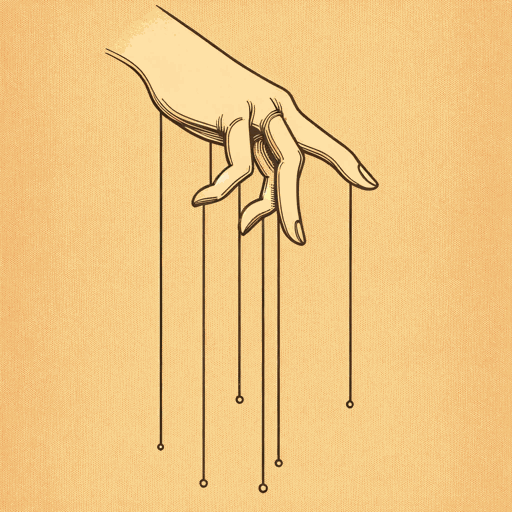60 pages • 2 hours read
Robert B. CialdiniInfluence: The Psychology of Persuasion
Nonfiction | Book | Adult | Published in 1984A modern alternative to SparkNotes and CliffsNotes, SuperSummary offers high-quality Study Guides with detailed chapter summaries and analysis of major themes, characters, and more.
Important Quotes
“I was able to penetrate advertising, public relations, and fundraising agencies to examine their techniques. Much of the evidence presented in this book, then, comes from my experience posing as a compliance professional, or an aspiring professional, and a large variety of organizations dedicated to getting us to say yes.”
(Introduction, Pages xvi-xvii)
Cialdini explains his method for gaining insight into the persuasive techniques used by different organizations as an integral part of researching Multiple Ways of Influencing Others’ Decisions. Having acknowledged himself as someone who easily succumbs to the influence of others, he decided to learn what he could about influencing others from experts, both those attempting to persuade and those who police the influence tactics of compliance professionals, such as consumer protection agencies. Though he admits to being “a patsy” for those who try to influence him, Cialdini demonstrates that he is equally able to persuade organizations and individuals to trust him enough to reveal their sales secrets.
“Psychologists have uncovered a number of mental shortcuts we employ in making our everyday judgments. Termed judgmental heuristics, these shortcuts […] allo[w] for simplified thinking that works well most of the time but leaves us open to occasional, costly mistakes.”
(Chapter 1, Page 9)
Like animals, Cialdini says, humans have developed automatic responses to help them quickly make decisions. He argues that humans need to be able to rely upon these quick judgments because of the complexity of the world. Periodically, people make wrong decisions. Cialdini has intentionally written what he calls a “popularized” book so ordinary individuals, as opposed to college professors and students, can become acquainted with the various levers of influence.

